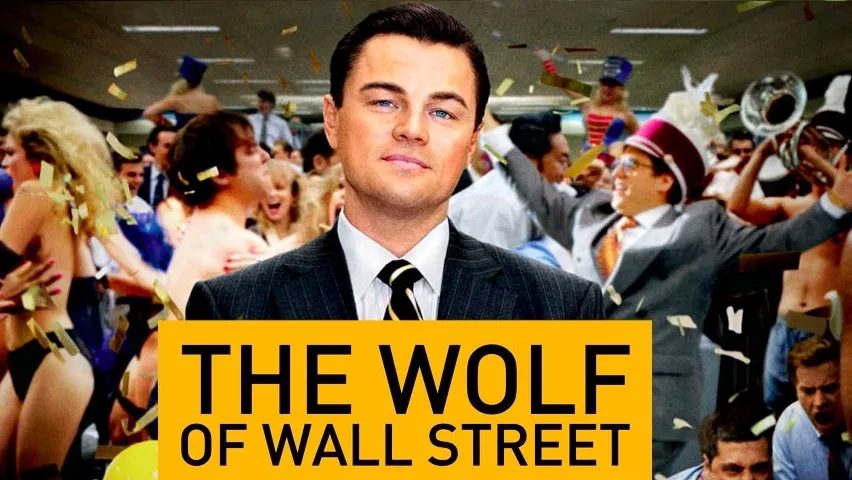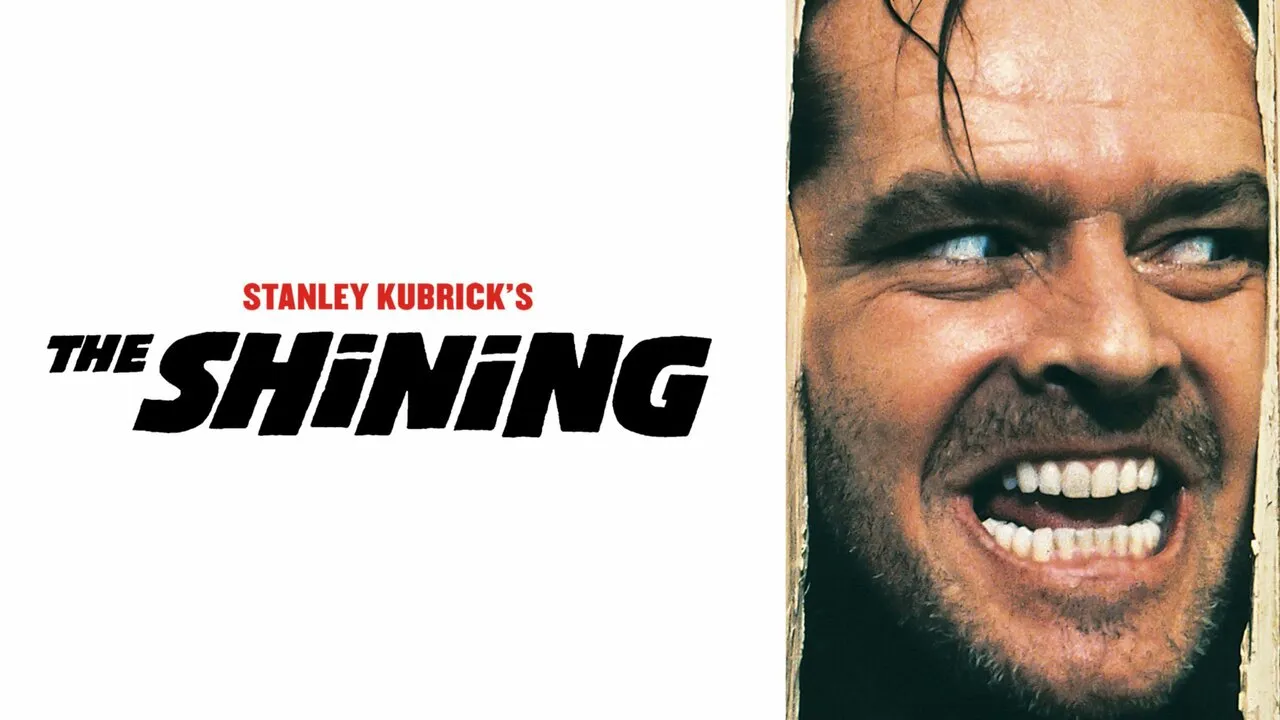Few films capture the brutal, chaotic birth of modern America quite like Gangs of New York (2002). Directed by the legendary Martin Scorsese and set in the lawless Five Points neighborhood of mid-19th-century Manhattan, the film isn’t just a crime saga — it’s a blood-soaked epic about immigration, vengeance, power, and the price of identity.
With towering performances from Leonardo DiCaprio, Daniel Day-Lewis, and Cameron Diaz, Gangs of New York is a relentless, operatic experience that thrusts viewers into the mud, fire, and fury of a city in transformation. It’s Scorsese at his most ambitious, using personal revenge as the engine to tell a far grander story: how America was shaped not just by ideals, but by violence, tribalism, and raw ambition.
The film opens in 1846 with a fierce battle between two rival gangs: the Protestant “Nativists” led by the vicious and charismatic William “Bill the Butcher” Cutting (Daniel Day-Lewis), and the Catholic immigrant gang known as the Dead Rabbits, led by Priest Vallon (Liam Neeson). When Bill kills Vallon in combat, he asserts dominance over the Five Points — a brutal, lawless slum teetering between rebellion and anarchy.
Sixteen years later, Vallon's son Amsterdam (Leonardo DiCaprio) returns to New York seeking revenge. He reintegrates into Bill’s gang under a false identity, waiting for the right moment to strike. But as Amsterdam becomes entangled in Bill’s world — a twisted mix of mentorship, manipulation, and power — he begins to question what justice truly means in a world that rewards cruelty.
Cameron Diaz plays Jenny Everdeane, a skilled pickpocket and romantic interest who embodies the chaotic possibility of survival in a crumbling world. Meanwhile, the backdrop is growing increasingly unstable. The Civil War is tearing the country apart, draft riots are erupting in the streets, and political corruption (personified by Tammany Hall’s Boss Tweed) is deeply intertwined with the gangs themselves.
The climax is a brutal street war during the 1863 New York Draft Riots, where personal revenge collides with historical violence, and the city — much like its characters — is forever transformed.
Gangs of New York is a historical epic that uses the past to comment on the present. Its portrayal of tribalism, xenophobia, class warfare, and political corruption is as relevant today as it was in the 1800s.
Scorsese isn’t interested in clean heroes or villains. Even Amsterdam, our supposed protagonist, is driven by vengeance, not virtue. Bill the Butcher, despite his horrifying brutality, is a man of strange convictions and charisma. Daniel Day-Lewis’s performance is legendary — he disappears into the role, commanding every scene with terrifying intensity.
The film suggests that America didn’t emerge fully formed from the ideals of the Founding Fathers — it was forged in back alleys, gang wars, and riots. The very idea of nationhood was born from chaos and contradiction. It wasn’t unity that built America; it was domination, assimilation, and endless negotiation between warring identities.
Visually, the film is a masterpiece. The Five Points set, constructed from scratch at Cinecittà Studios in Rome, is immersive and filthy — a living, breathing city full of desperation and danger. Howard Shore’s score and the stylized editing further elevate the film’s mythic, almost Shakespearean tone.
While the original film ends with Amsterdam symbolically burying the past, a thematic sequel could pick up in the 1880s or 1890s — the dawn of industrial capitalism, machine politics, and the rise of organized crime as we know it today.
Titled Gangs of New York: Empire Born, the sequel could follow the descendants or proteges of Amsterdam and Bill as they navigate a new kind of war — not on the streets with knives and fists, but in banks, political halls, labor unions, and newspapers. Violence has become institutionalized; corruption now wears a suit.
The Five Points, once a battlefield, is slowly being gentrified. Immigrant communities are being pushed out by rising industry. Irish gangs now compete not for turf, but for control of city contracts, shipping yards, and votes.

A young Irish-American named Sean Vallon — Amsterdam’s son — begins working for Tammany Hall, believing he’s helping the people. But he soon discovers the same tribal divisions, exploitation, and ruthless ambition that haunted his father’s generation. Eventually, he must choose whether to uphold the corrupted system or risk destroying it from within.
The themes would evolve from vengeance to legacy — from individual violence to systemic injustice. The question isn’t “who controls the streets?” anymore, but “who controls the city — and who pays the price?”
Gangs of New York isn’t perfect. Some critics pointed to pacing issues, underwritten characters (notably Jenny), and uneven tone. But its ambition is undeniable, and its relevance is only growing.

It was a deeply personal project for Scorsese, who spent over 20 years trying to bring it to life. And it shows — in the film’s passion, scope, and fury. Few films dare to tackle the ugly origins of a nation with such honesty and artistry. It’s not just a story of crime — it’s a story of how history is written in blood, and how power never simply disappears. It evolves.
Gangs of New York is more than a violent period piece. It’s a mirror held up to America’s soul — raw, fractured, and forged through endless conflict. Whether or not we ever see a sequel, the questions the film raises remain.




-1751447337-q80.webp)
-1751101411-q80.webp)